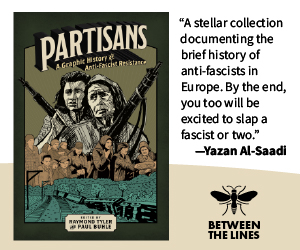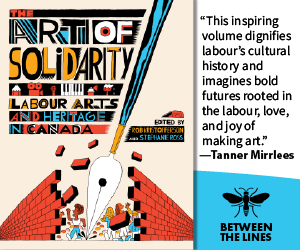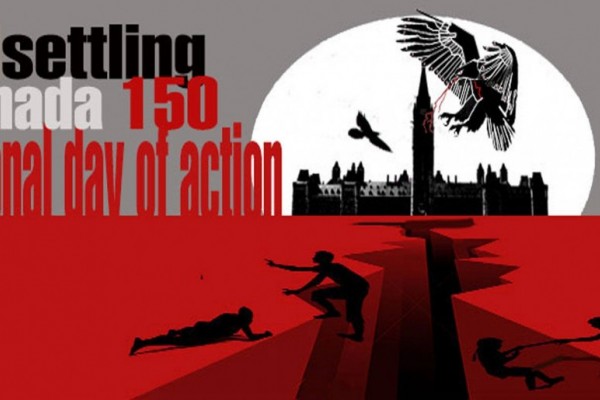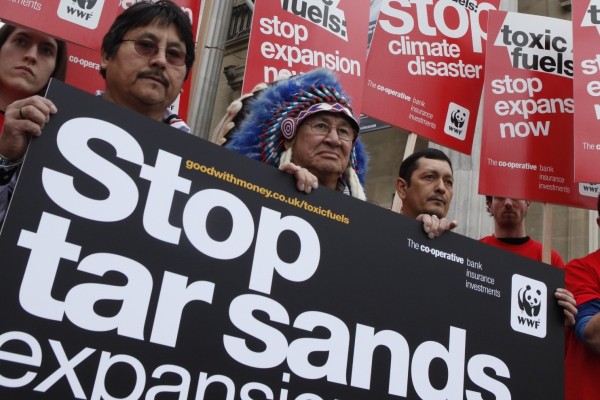One girl’s trauma exposes plight of nations
I received Indigenous author Katherena Vermette’s debut novel, The Break, as a gift over the holiday season. Having heard nothing of it, little did I know, upon turning its opening pages, that I would be carried from the comforts of my Winnipeg south-end suburban home into the north-end community where I had spent the previous two years working as a school counsellor to some of our Prairie city’s most vulnerable youth.
The Break tells the story of a young Métis girl, Emily, who is gruesomely attacked after attending a house party where she excitedly hopes to see a boy she has a crush on, only to regrettably realize that she’s walked into the home of one of the city’s most dangerous gang leaders.
In a series of shifting narratives, the novel articulates the points of view of 10 characters connected to the violence the 13-year-old endures, narrating how each moves forward in the aftermath of Emily’s unimaginable trauma.
By far, the most compelling character in Vemette’s novel is its central perpetrator, Phoenix: a 15-year- old girl, who, despite the heinous act she commits, is able to evoke the reader’s sympathy by conveying her own devastating story of loss and heartbreak. Like so many others who shoulder the weight of intergenerational trauma, Phoenix’s story informs the reader of the powerful implications all of us face when we fail to recognize our collective responsibility in healing the wounds of colonization.
While the novel in many respects is presented as an investigative police procedural, at its centermost, it speaks to the baleful fears of violence Indigenous women and girls assume in their daily lives — violence perpetuated by a system that, by its own design, contributes to the cyclical nature of brutality, struggle and anguish near-exclusive to Indigenous peoples in Canada.
Indeed, The Break speaks to the experiences of mothers who, while knowing that their children are made increasingly vulnerable to predacious forces almost immediately as they are let out of the house, must nevertheless find the courage to propel them into the world. It speaks to the story of women who, in the foreboding face of violence and institutional racism, have little choice but to turn to protective agencies whose deep-rooted bigotry too often tends towards victim-blaming. It speaks to the story of a mother’s heartbreak, of women unable to support their children because they, themselves, continue to tread the path of their own horrifying experiences; heartbreak that is often masked by the terror that should they petition for help, their little ones might be stolen from them by a child welfare state seemingly only a slight stepdown from the Indian Residential School system. It speaks to, as well, the plight of so many Indigenous women as they are left to raise their children alone, their men so often lost to their own traumatic stories like the generations that came before them.
Violence in Winnipeg’s north end is far from an undiscovered phenomenon. What is less known, however, is that the north end is where one finds the most powerful and humbling stories of strength, resiliency, love and community. At length, The Break is a story of how unconditional family love has the power to overcome the most incomprehensible of circumstances. This is precisely why Vermette’s novel is of critical importance. It makes the invisible visible by giving voice to the stories of peoples that are rarely, if ever, told, while daringly challenging a system that propagates the dehumanization of Indigenous women and children.
Vermette’s novel is not an easy read: a story that unfolds from the assault of a 13-year old girl left bleeding to death in a barren field. Less easy, still, are the questions we are compelled to ask of ourselves and of society. The Break is your invitation to bear witness to lives too often unseen; to honour the stolen and neglected narratives of incalculable children, women and vulnerable peoples; and to call to action an urgently necessary political and social awakening for Indigenous justice.
Kristy Taylor is a graduate student in Counselling Psychology at the University of Manitoba. She has worked as both an educator and school counsellor in Winnipeg’s public school system for the past 18 years.
This article appeared in the Spring 2017 issue of Canadian Dimension (Fight for $15).










